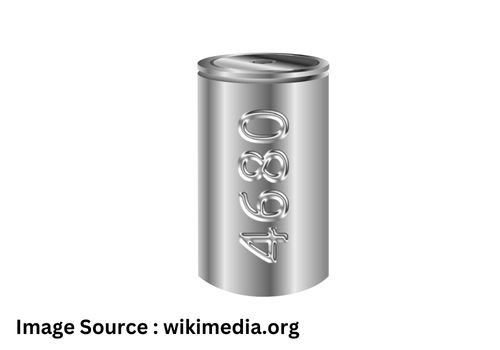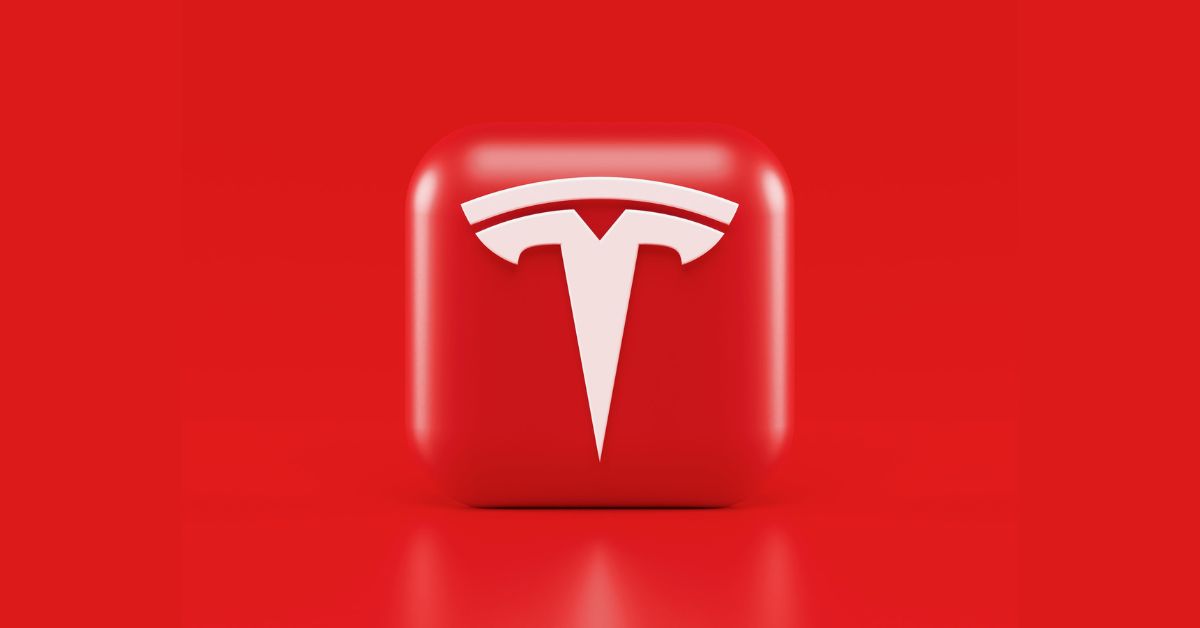Tesla’s 4680 Battery That Outperform Its Competitors in the structural battery sector
In recent times, there has been much discussion surrounding the new batteries that Tesla is using in their vehicles. While some individuals, myself included, are enthusiastic about these developments, others question why it matters which type of battery Tesla is using as long as they’re fulfilling orders. However, it’s essential to consider that demand is only one aspect of the equation.
The other half is supply, and profitability is also a critical factor to consider. It’s possible that those of us who are deeply invested in the world of Tesla may assume that everyone shares our passion for this subject. Nonetheless, it’s important to recognize that not everyone may feel the same level of excitement about batteries and their significance in the automotive industry.
Introduction
It appears that this is one of the most significant moments in Tesla’s history, rivaling perhaps only the Model 3 launch or the achievement of volume production for the Model 3. In hindsight, during the Model 3 production phase, I could have been emphasizing the importance of hitting the volume production target, but some people may not have grasped its significance at the time. Even now, there may be some who are unaware of the economic benefits that come with achieving volume production.
Misconceptions Surrounding Chinese EVs and Tesla’s Production Strategy
When it comes to achieving volume production and making a profit, Elon Musk emphasizes how difficult it is to attain such a feat. However, many people still fail to fully comprehend this concept. Some believe that the Chinese will surpass the United States with their cheap electric vehicles. However, this belief fails to consider that Tesla sells its cars for less than what it costs the Chinese to manufacture and transport them to the US.
Although Chinese vehicles, except for the Wuling Death Trap, do not make net losses on each sale, they still have a decreasing balance sheet each quarter and are burning through their reserves. BYD is an exception, as they have a profitable hybrid business and are more vertically integrated. Nevertheless, they are only halfway to achieving volume production. The Chinese have the advantage of producing more vehicles due to their abundance of LFP batteries.
The Limitations of LFP Batteries and CATL’s Production Capacity
Throughout the past year, I have been advocating for the use of LFP batteries as they are essential for a viable transition to renewable energy due to their affordability, abundance, safety, and durability. However, many people seem to believe that LFP batteries can be produced in unlimited quantities. Despite hearing about CATL’s impressive growth rate of 167%, it is important to note that percentages can be misleading, as it depends on where the growth began.

While CATL is currently the largest battery manufacturer globally, their battery capacity of approximately 96 GWh is still significantly less than Tesla’s projected battery capacity of nearly 500 GWh by 2024. LFP batteries use outdated manufacturing processes that require large factories for small output and cannot be scaled up to the extent of Tesla’s 4680 battery. Although iron is more abundant than nickel, it does not mean that LFP batteries can be produced faster, only more cheaply. Thus, despite the recent shift towards LFP batteries, Tesla still needs as much production as CATL can provide.
Analyzing Tesla’s Market Share and Battery Supply
In the last quarter, Tesla delivered more than 300,000 vehicles which is estimated to be somewhere over 20 GWh of batteries. Comparing this to CATL’s rate of around 25 GWh with 33% market share, Tesla’s market share of the global battery supply can be roughly estimated to be around 26%. However, Tesla’s vehicles need fewer batteries to achieve the same or more range than other vehicles, which means Tesla’s market share of EVs is not directly proportional to its market share of the global battery supply.
If we assume that Tesla uses about 25% fewer batteries, Tesla’s market share of EVs could be around 33% if we exclude the cheap Chinese EVs with just 10 kWh batteries that skew the numbers. Considering only electric vehicles that could legally be sold in developed countries, Tesla’s market share could be close to 40%. On the other hand, other EV companies are struggling with their manufacturing lines and ramping up to volume production.
Although they are not as battery-constrained as Tesla, they make so few vehicles that they probably aren’t chip-constrained either. This means that Tesla’s market share is capped due to the limited availability of batteries in the world. If Tesla had more batteries, they could produce and sell more cars.
On the other hand, other electric vehicle companies are facing difficulties in ramping up their production lines due to not adequately heeding Elon Musk’s warnings about the challenges of doing so. One such company, BYD, is often touted as a favorite, but in my opinion, it is overrated in terms of both its battery and production capabilities.
BYD’s Struggle to Ramp Up EV Production
Throughout the year, people have been hyping up BYD’s ability to produce and sell a large number of electric vehicles (EVs) at an affordable price point. However, despite the hype, BYD has yet to show any significant progress in ramping up production to meet the demand for their EVs. The company is losing money on its BEVs and struggling to compete with Tesla’s prices. The BYD Dolphin, which was expected to take the market by storm, is also facing production challenges, as is the BYD Han.
Although both vehicles look promising, they are unable to reach volume production. While BYD has made progress with its hybrid vehicles, the challenge of transitioning to fully electric production seems to be holding them back from realizing their full potential. Ultimately, a company’s success is measured by its profits, and while BYD may be making nice cars, their inability to ramp up production is preventing them from achieving their goals.
ALSO READ : How Long Does An Electric Car Charge Last ?
The Importance of Tesla’s Battery Innovation for the Future of Electric Vehicles
The belief that Chinese EV companies will flood America with cheap EVs is unfounded. Legacy automakers and Chinese companies are starting new lines for new models to compete with Tesla, but they are also raising their prices due to inflation and financial struggles. Chinese companies mostly use LFP batteries, which have limitations in terms of efficiency and range.
The hyperbole surrounding the success of Chinese EVs is backed by meaningless statistics. In contrast, Tesla is transitioning from a car company to a battery company, investing heavily in research and development to make the most ideal car battery. The new 4680 batteries are expected to save around $8,000 per vehicle, leading to a 60% increase in EBIT and a potential 50% increase in net profit margins. This battery innovation is crucial for the future of electric vehicles and deserves attention.
FAQ On Tesla 4680 Battery
Q1. What is special about Tesla 4680 battery?
Tesla pledged that the 4680 batteries would offer greater power, range, and durability, as well as streamline manufacturing and reduce costs through structural battery packs.
Q2. What is 4680 battery?
During Tesla’s Battery Day event in September 2020, the 4680 battery cell was introduced with promises of increased range, power and longevity for their vehicles. The battery will also be used in a structural pack that simplifies mass production and could lead to lower prices.
Q3. What is different about the Tesla 4680 battery?
In comparison to the 2170 battery, the 4680 battery has a higher weight, larger size, and greater mAh per cell. While the 2170 has a higher nominal voltage, it has a lower discharge rate than the 4680.
Q4. Which Tesla uses 4680 battery?
Tesla increased the price of its All-Wheel-Drive configurations for the Model Y equipped with the 4680 battery cell by $500. This trim level of the all-electric crossover is exclusively produced at Gigafactory Texas and available in limited quantities.
Q6. How long will Tesla 4680 battery last?
If driven 40 miles per day, Tesla car batteries can last for 22 to 37 years, i.e., 300,000 to 500,000 miles or 1,500 battery cycles.
Q7. Is the Tesla 4680 battery better?
According to Giesige, Tesla’s 4680 cells outperform its competitors in the structural battery sector. Although BYD Blade and CATL Qilin batteries have good overall scores, it’s possible that these companies may become suppliers for Tesla in the future.
Conclusion
In conclusion, the electric vehicle market is rapidly evolving, with various players vying for dominance. While Chinese automakers have made significant strides in the EV space, it is unlikely that they will flood the American market with their cheap EVs anytime soon. Legacy automakers are also struggling to ramp up production and compete with Tesla, who is not only leading the market but also transitioning from a car company to a battery company.
The development of Tesla’s new 4680 battery is an exciting advancement that has the potential to significantly increase the company’s profits and dominate the EV market even further. Ultimately, the success of electric vehicles will depend on their ability to meet customer demands for quality, affordability, and sustainability.
